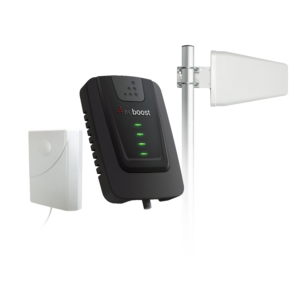
Released in April 2018, this weBoost booster kit primarily targets stationary RVers in remote locations.
The kit is based on weBoost Connect home booster with a rated 65 dB gain, well above the 50 dB gain legally allowed for mobile boosters.
The kit avoids needing to comply with the mobile gain limitations because it is not suitable for use while in motion. Instead - the directional wideband external antenna included requires aiming and set up at each stop.
Included in the kit is a telescoping pole which allows the outside antenna to get above local clutter for a better direct line of sight to the nearest cell tower.
As of March 2021, the Connect RV 65 has been replaced by the weBoost Destination RV kit. It is no longer for sale from weBoost, but you may be able to find it for sale at some retailers.
Specifications
-
- Model: 471203
- Max Uplink Gain:24.6 dBm
- Max Downlink Gain: 65dBm
- Impedance: 75 Ohm
- # of Devices Boosted Simultaneously: Multiple
- LTE Bands Supported: 12/17, 13, 5, 4, 2
- Exterior Antenna: weBoost Wideband Directional
- Internal Antenna: weBoost Panel
- Range of Interior Coverage: Room
- In Motion Usage: No
- Power: 110-240 V AC, 50-60 Hz
- Connecters: F-Female
- Booster Dimensions: 6.5'' x 4.25'' x 1.25''
- Warranty: 2 Year
- List Price: $649.99
What Does 5G Ready Mean?

Booster manufacturers may state their products are "5G ready." Which is a bit misleading. 5G is being deployed on a myriad of low, mid and high frequency bands. Current boosters only cover a handful of frequency bands in the low range spectrum (12, 13, 5, 4, 2 and sometimes 25). Where 5G is being deployed on those bands, they will work. But they will not work on the newer bands, thus only offering relatively limited 5G support.
This is a complicated topic, for more:
News, Videos & Status
We tested the RV-65 head-to-head against the weBoost 4G-X, SureCall Fusion2GO 3.0, the HiBoost OTR and a collection of MIMO antennas in our 2nd Quarter 2018 testing round:
Video Overview:
Related News:
Alternatives to Consider
For other booster options on the market worth comparing this model to - here are our featured options:
Boosters are NOT the right choice for all applications.
They make the most sense for devices without antenna ports (like smartphones and tablets), or when in weak signal areas. However, for devices with antenna ports in mild to moderate signal areas - a direct-connected antenna can outperform a booster. And boosters can actually DECREASE data speeds in some conditions - never assume you need a booster on all the time - always test at each location!
This Review Contains Additional Member Exclusive Content!
We are Honored to be Member Funded! No ads, no sponsors, no selling (but may contain affiliate links)
Our members fund our in-depth independent reviews.
This entry may contain additional member exclusive content such as testing notes, field testing data, user interface tours, comparisons to alternatives, analysis, tips, videos and discounts.
Members also get interactive guidance, alerts, classroom and more.
Other Ways to Support Our Work At MIRC
Member Exclusive Content Below
- Thoughts & Analysis
- Deep Dive
- Hardware Overview
- Use Tips
- Alternative Antennas
- Performance
- Band & Network Compatibility
- Conclusion
Purchasing Options
Purchasing Links & Disclaimer
We don't sell stuff, we are primarily member funded. Some links below may be affiliate links (see our disclaimer), which also helps fund MIRC.
The vendors displayed below provide larger discounts to our MIAs that we have negotiated instead of displaying affiliate links while they are logged in.
MIA Discounts - Learn & Save!
Our Mobile Internet Aficionados (MIA) get special discounts from the below vendors. Members please check for discount codes before ordering. With savings up to 11% off, you could save more than your membership cost!
Save 5% at weBoost.com!
While this site is not reliant on affiliate funding, our weBoost links are affiliate links (only way they'd offer us a discount code). All affiliate incomes goes towards funding this site and other great causes.
Amazon: weBoost Connect RV 65
Cellular boosters can be quite useful for boosting the signal to a smartphone to get a more solid phone call. But when it comes to enhancing cellular data performance, things get more complicated.
Because of a technology called MIMO (multiple in multiple out) that is essential to LTE and 5G data, often times the internal antennas on a smartphone or hotspot don't benefit from an amplified signal. Boosters also only cover a handful of the frequency bands the carries use for data.
But a booster can play a role in a mobile internet arsenal - as they excel during times when you are really far from a tower, or where upload speeds are important (such as video broadcasting).
For more on understanding boosters vs. MIMO - check out video:
For more on signal enhancing, including understanding boosters and the many forms they come in - follow up with our guides:
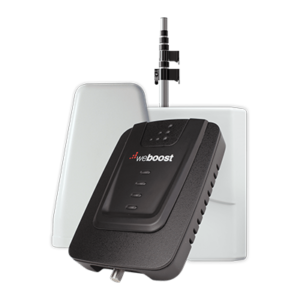

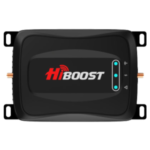
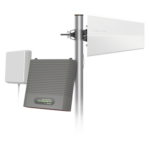
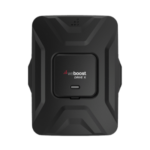
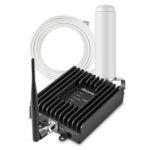
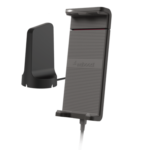
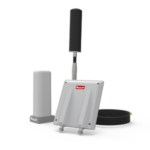
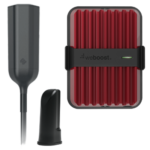

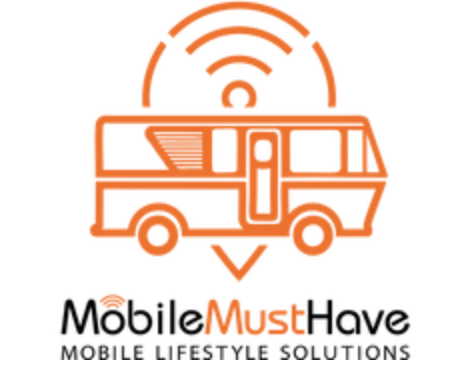

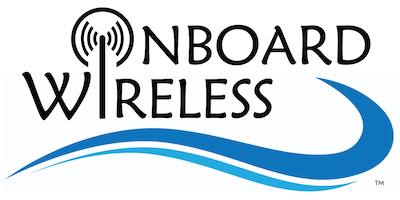



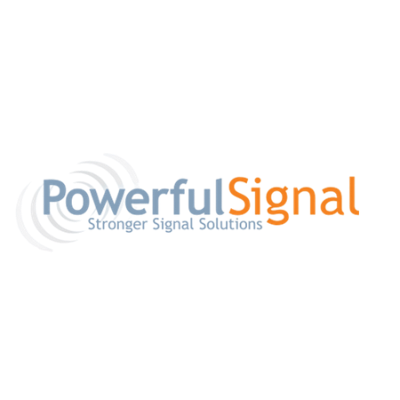

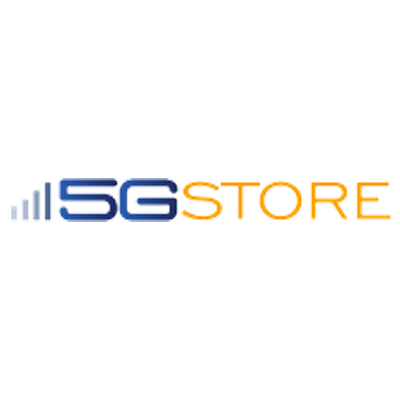
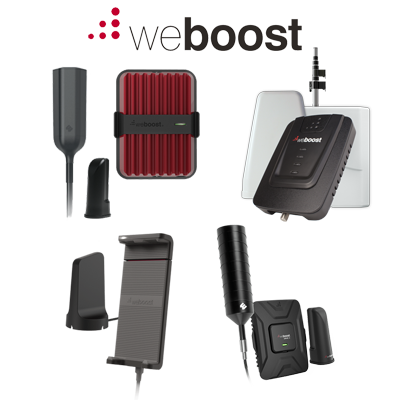
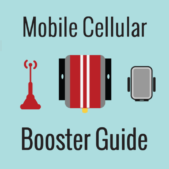
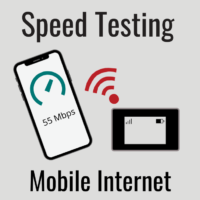
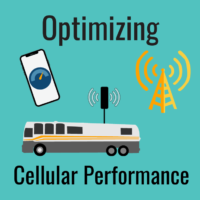
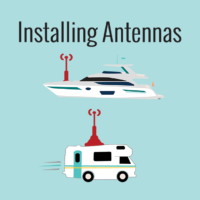
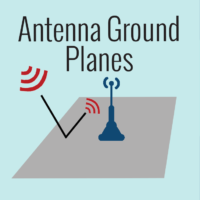
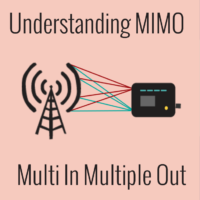
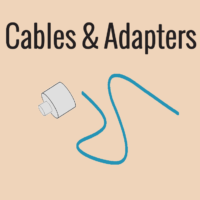
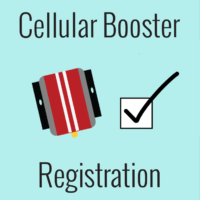
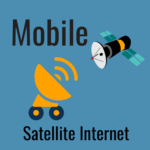

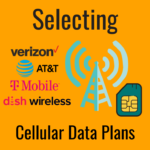

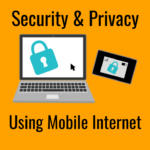
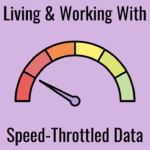
 Mobile Internet Resource Center (dba Two Steps Beyond LLC) is founded by Chris & Cherie of
Mobile Internet Resource Center (dba Two Steps Beyond LLC) is founded by Chris & Cherie of